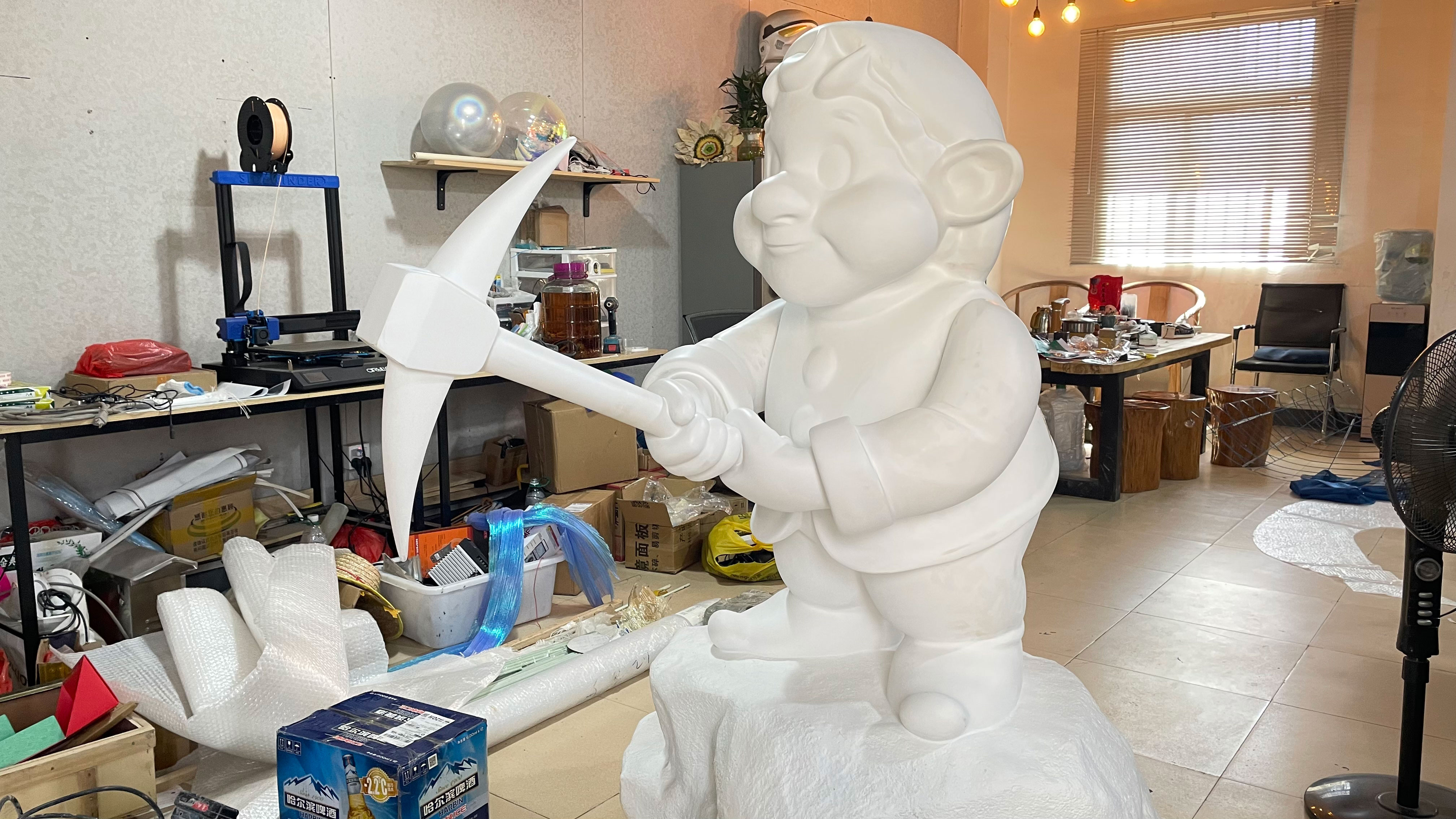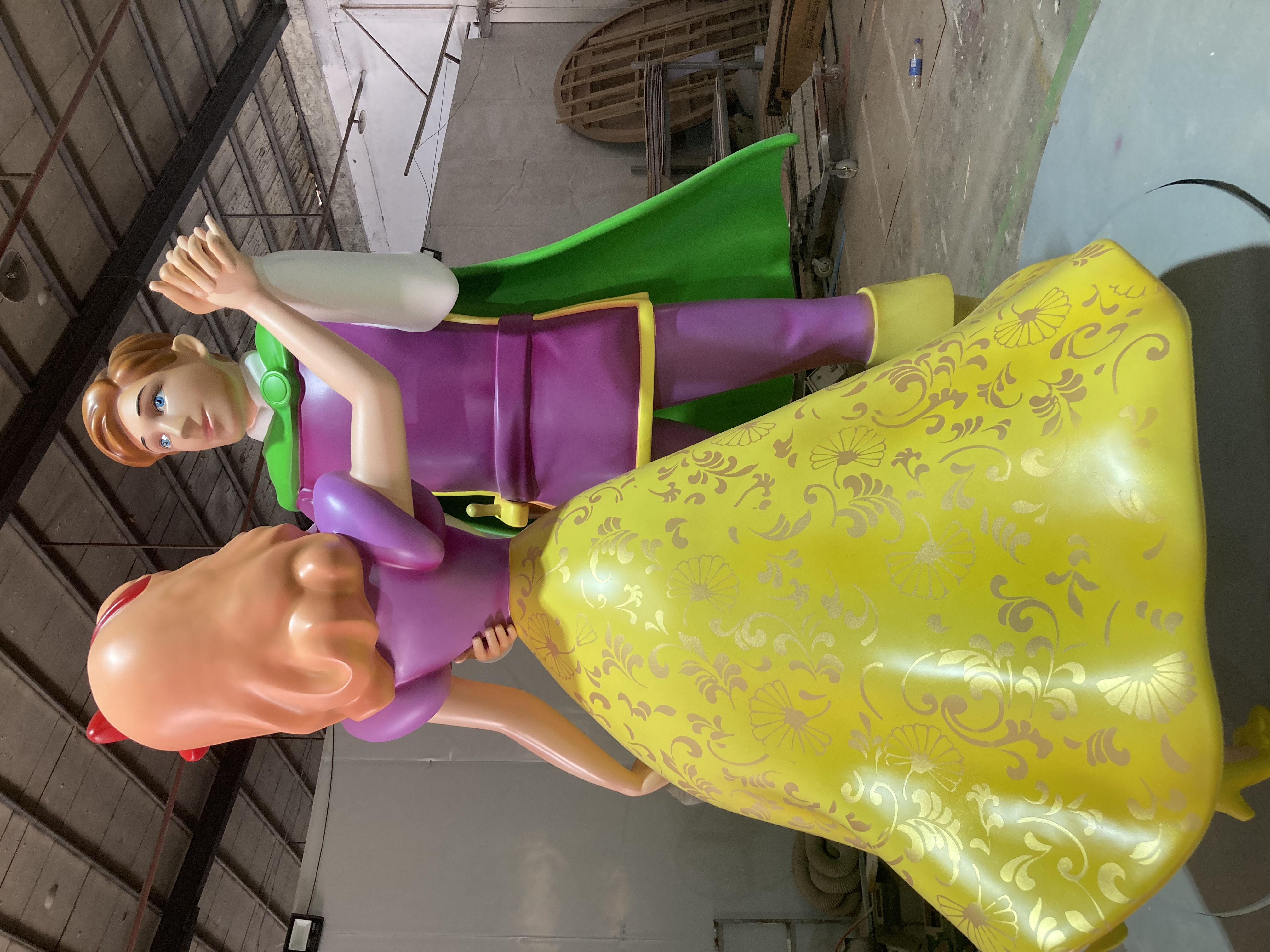When creating branded mascot sculptures, understanding the legal framework surrounding licensed character statues is essential. Artists must secure the necessary permissions from copyright holders to avoid infringement. Clear distinctions exist between original creations and those based on existing characters, affecting the permissions needed. Additionally, maintaining documentation of correspondence with rights holders is key, ensuring that artists can prove compliance with licensing agreements. By staying informed about intellectual property laws and consulting legal experts, creators can navigate this complex landscape, enabling them to express their artistry without infringing on established rights.
Branded Mascot Sculptures: Legal Aspects You Should Know
Creating branded mascot sculptures involves navigating a complex legal framework. Artists must understand the rights associated with licensed character statues. Generally, copyright law protects original works, including sculptures that depict recognizable characters. Permission from copyright holders is often necessary to avoid legal issues when producing these sculptures.
Moreover, many artists worry about infringement if they don't obtain the right licenses or agreements. As stated by intellectual property experts, "It is crucial for artists to secure permissions in advance to ensure their work remains compliant."
To assist artists, here is a simple table outlining the key permissions needed for creating mascot sculptures:
| Type of Work | Permission Needed |
|---|---|
| Original Character | No permission required |
| Licensed Character | Permission from owner |
| Depictions of Logos | Trademark permission |
To navigate these challenges effectively, artists should consider consulting with legal professionals who specialize in intellectual property rights. Additionally, staying informed about current licensing trends can further mitigate risks in this vibrant artistry domain. For example, creating Stainless steel sculpturecan be an innovative avenue for licensed sculpture design while ensuring compliance with copyright laws.
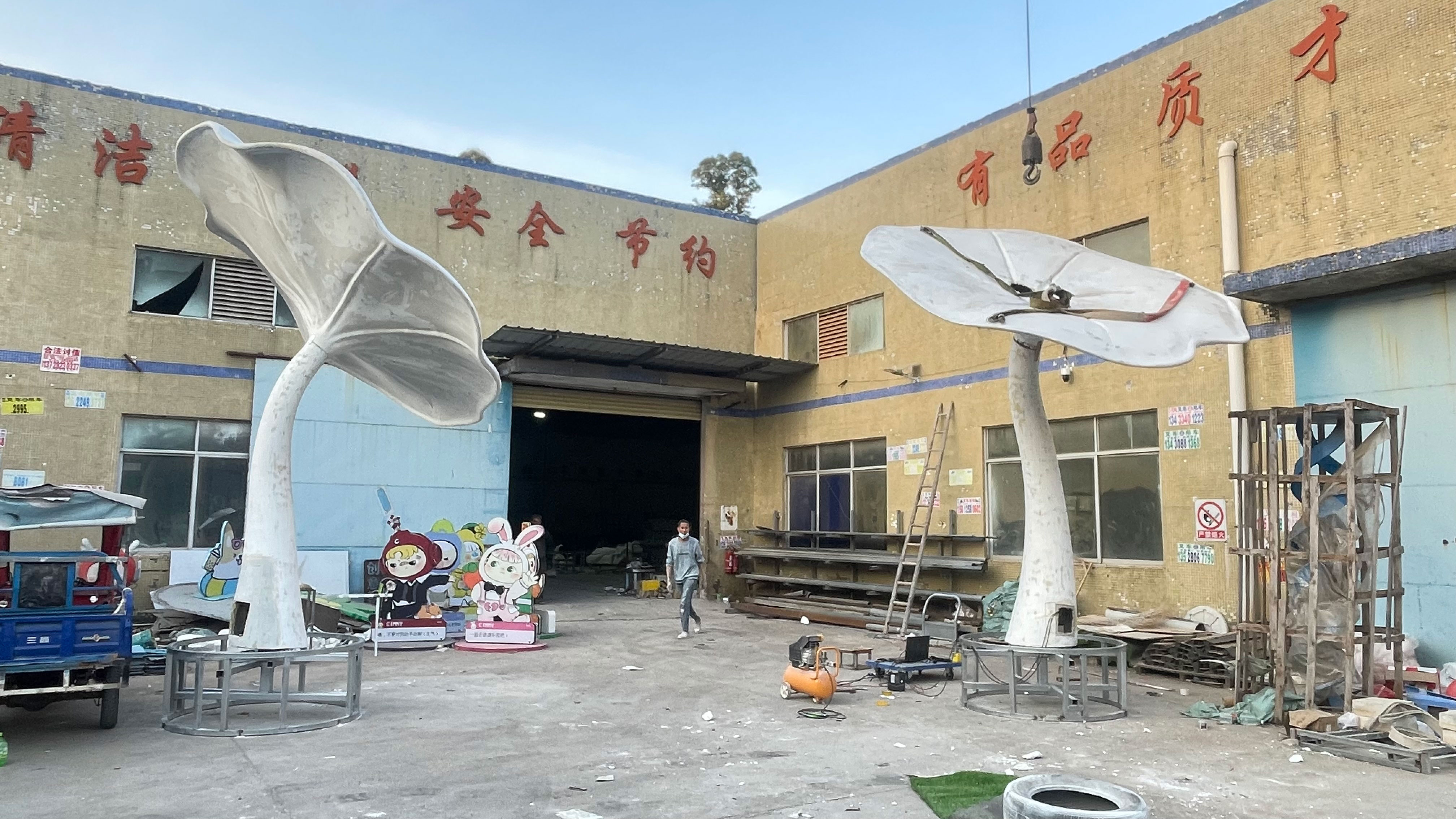
Understanding the Rights Behind Licensed Character Statues
Creating statues of licensed characters involves navigating a complex web of copyright and intellectual property laws. When artists design and sell these sculptures, they must recognize that the characters are typically owned by larger companies. This ownership grants those companies specific rights over how their characters can be used in art and commercial products. Without explicit permission from copyright holders, artists may face legal repercussions for using these characters in their work. Consequently, it is crucial for creators to understand whether they need a license before proceeding with production. It is often advisable for artists to consult legal experts familiar with copyright laws to gain clarity on their rights and obligations surrounding licensed character statues. Such knowledge empowers them to create within legal boundaries while maintaining their artistry, ensuring their creations don’t infringe on existing rights. For those interested in crafting sculptures, exploring materials like Fiberglass sculpturecan open up avenues for both artistic expression and compliance with regulations.
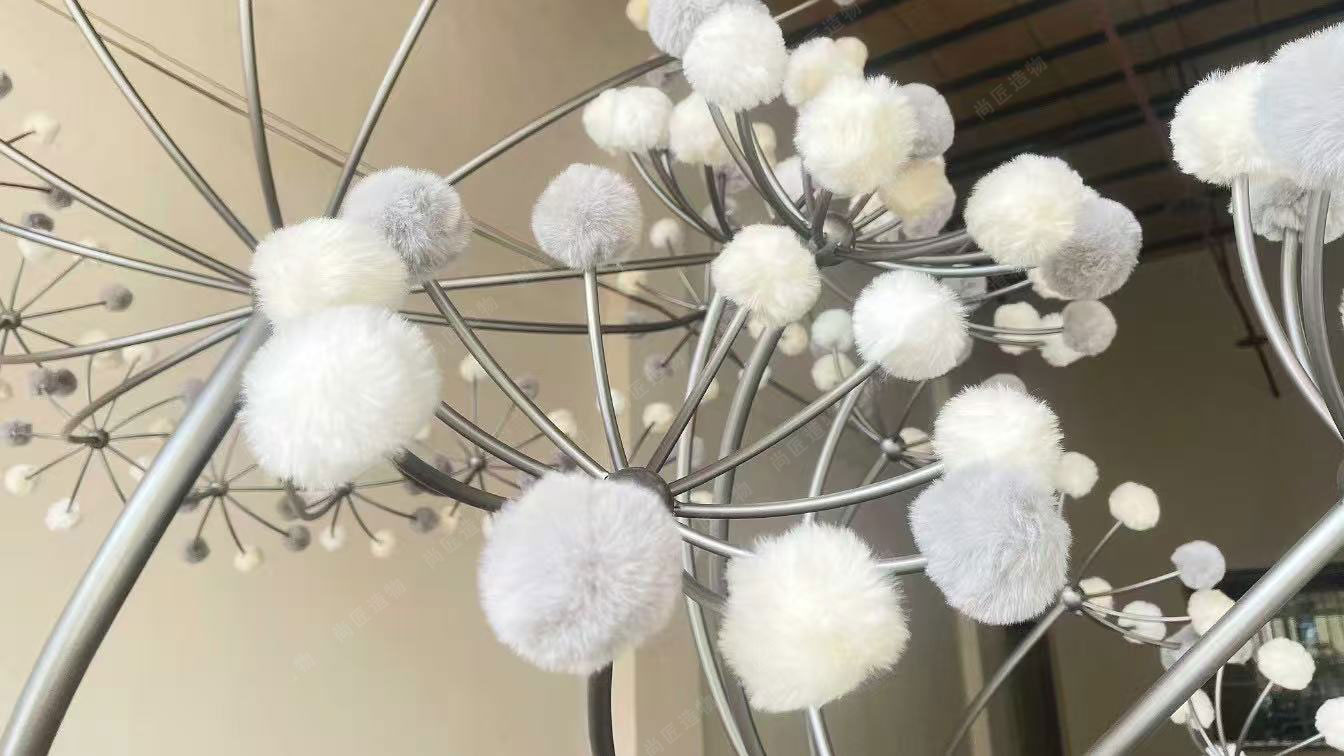
What Permissions Do You Need for Creating Mascot Sculptures?
Creating mascot sculptures often requires careful consideration of legal permissions. When working with licensed characters, artists must secure the appropriate rights from copyright holders. This typically involves obtaining a license or express permission to use a character in their work. Many companies have distinct procedures for granting these permissions, and it’s essential to reach out to them directly. Additionally, even minor designs inspired by well-known characters could lead to legal complications if they resemble the original too closely. To safeguard against potential copyright issues, creators should document their correspondence with rights holders and maintain records of any agreements made. Engaging with legal professionals who specialize in intellectual property can also provide clarity and guidance, ensuring that artists navigate these complexities while respecting the ownership of creative works.
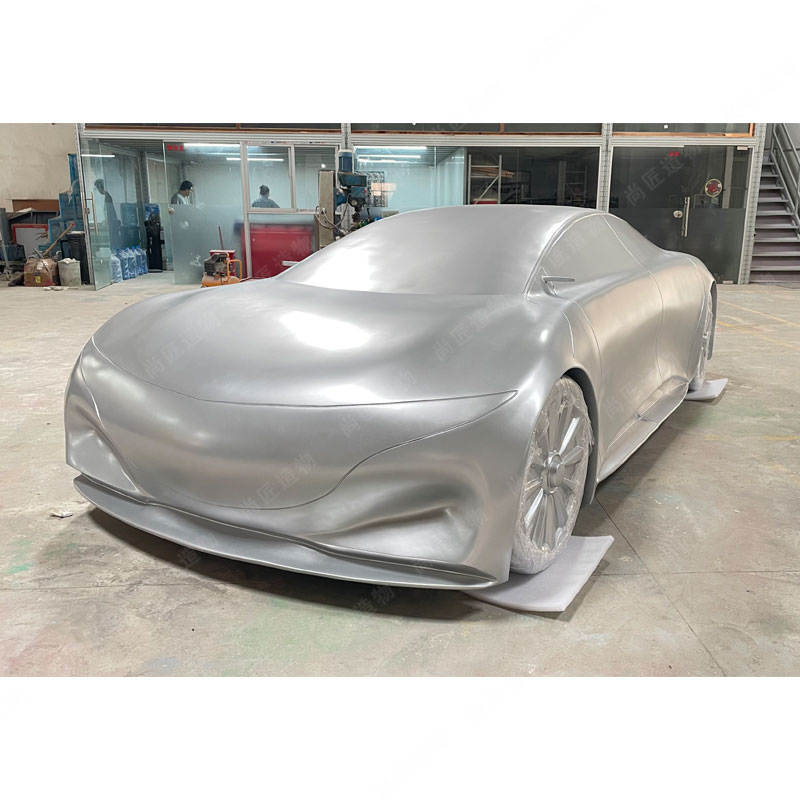
The Legal Landscape of Licensed Character Artwork Explained
Creating licensed character sculptures involves navigating a complex legal landscape. This type of artwork often falls under copyright and trademark laws, as the characters used are typically owned by major entertainment companies. When artists design sculptures based on recognizable characters, they need to consider whether they have obtained the proper permissions. Without these rights, they risk copyright infringement, which can lead to legal actions from the rights holders. This uncertainty can deter many creators from pursuing this form of artistry. It's crucial for artists to understand that even if their work is transformative or unique, the original character still holds substantial legal protection. Artists interested in this field should seek legal advice or engage with licensing agreements to safeguard their work and ensure compliance with applicable laws. For more insight on creating sculptures within intellectual property regulations, check out IP character sculpture.
Navigating Copyright Issues in Branded Sculptures and Artistry
Creating branded mascot sculptures often involves navigating complex copyright laws. These laws protect the original creators of licensed characters, meaning artists must tread carefully. When an artist designs a sculpture based on an existing character, they may inadvertently infringe on copyright if they do not have permission from the rights holder. Understanding whether permission is needed can save artists from potential legal repercussions. Many companies that own popular characters actively monitor and enforce their rights, which means that even well-intentioned creators can face consequences. It's crucial for artists to research the specific copyrights associated with characters they wish to depict and to seek licenses if necessary. This holds true for both established characters and unique adaptations that may still be considered derivative works. Given the intricacies involved, consulting with a legal expert in intellectual property can be an invaluable step in ensuring compliance with copyright laws while pursuing artistic endeavors in this field. Engaging with resources on Realistic sculpturemay also provide further insight into this vibrant sector of artistry.

Are Mascot Sculptures Subject to Copyright Laws? Insights for Artists
Mascot sculptures are indeed subject to copyright laws, as they often depict characters owned by corporations or creators. Copyright protects original works, including artistic representations of licensed characters. For artists, this means that creating sculptures of well-known mascots without permission can lead to legal issues. The key factor is whether the sculpture is considered a transformative use or a direct copy of the original character. If it's merely a replication of a copyrighted character, it likely infringes on the owner's rights. Consequently, artists need to understand that obtaining the appropriate permissions or licenses is crucial before embarking on such creative projects. Familiarity with these legal aspects can help artists navigate potential pitfalls and ensure their artistry is protected while respecting intellectual property laws.
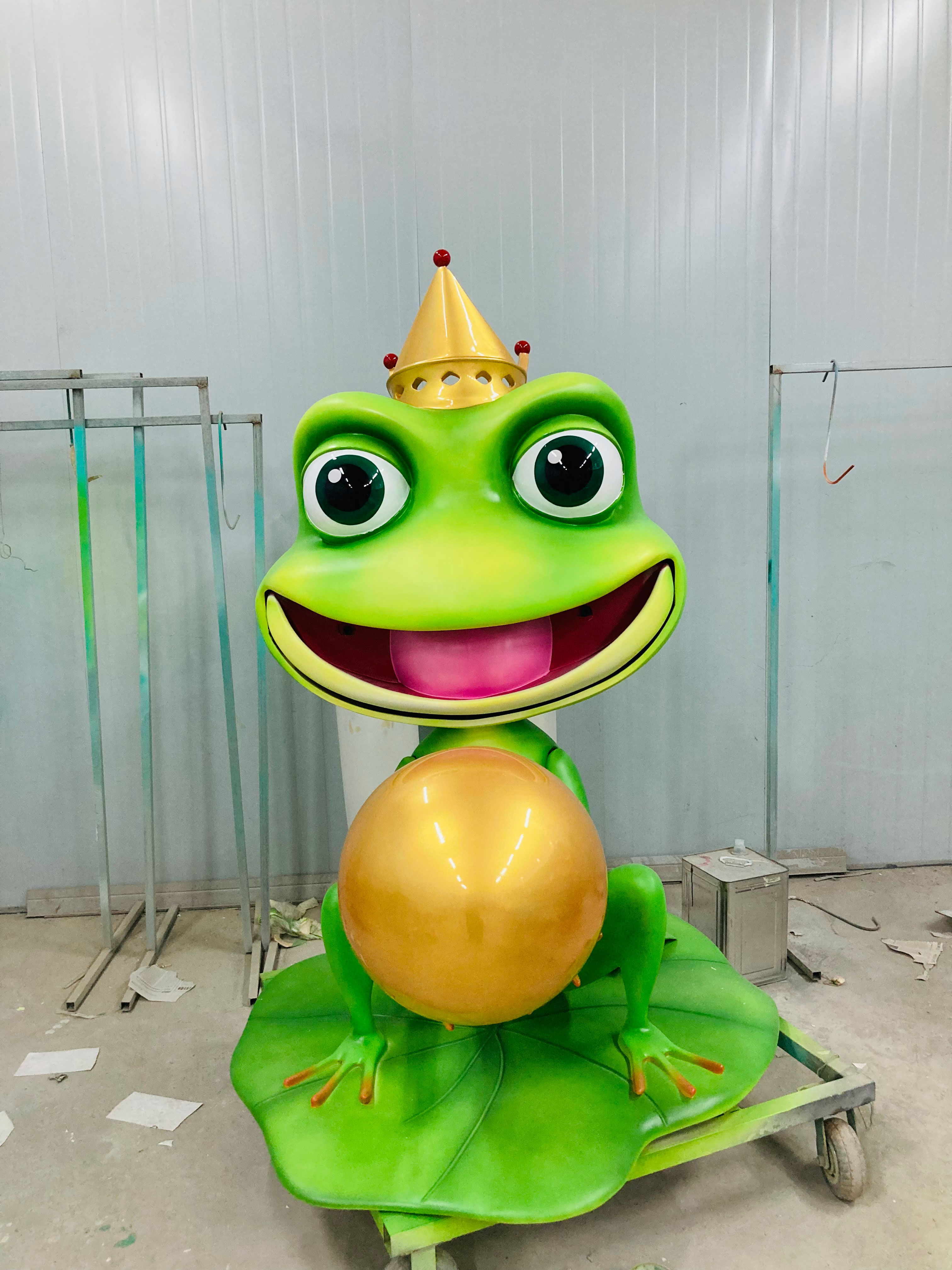
The Implications of Using Famous Characters in Sculpture Art
Creating sculptures of famous characters can present legal challenges for artists. Since these characters are often protected by copyright, using them without permission may lead to potential legal issues. Many artists worry about infringement claims if their sculptures resemble these licensed figures too closely. Understanding the boundaries is crucial; not all fan-inspired works are automatically subject to legal penalties, but the line between homage and infringement can be thin. Artists should research licensing agreements and how they apply to their creations. By doing so, they can navigate the complex world of artistry while respecting intellectual property rights. Additionally, collaborating with companies or obtaining proper licenses can legally empower artists to create these beloved figures without the constant fear of repercussions. For those interested in this unique intersection of art and law, exploring resources like Cartoon sculpturecan provide further insights into how to approach this art form responsibly.
Licensing vs. Creation: How to Legally Produce Mascot Statues
Creating mascot statues requires a clear understanding of licensing agreements. When artists want to produce sculptures of licensed characters, they must first obtain permission from the copyright holders. This step is crucial because these characters are legally protected, and using them without authorization can lead to legal battles. The licensing process often involves negotiating terms and may include financial agreements, such as royalties or upfront payments. Artists should familiarize themselves with this landscape before starting their projects, as doing so can help ensure that their work respects the rights of the original creators while allowing them to explore their artistic vision. Additionally, seeking legal advice is recommended to navigate any complexities related to character rights effectively.
Conclusion
Navigating the world of branded mascot sculptures entails a thorough understanding of legal frameworks surrounding licensed characters. Artists must remain vigilant about copyright protections and grant permissions from rights holders to avoid infringement issues. As seen in previous sections, the implications of using famous characters extend beyond creativity, requiring a balance between artistic expression and legal compliance. Engaging with legal professionals can significantly aid artists in comprehending these challenges, thereby enabling them to make informed decisions when creating sculptures based on licensed characters. With a proactive approach to licensing and rights management, artists can foster a thriving practice while respecting the ownership rights inherent in their chosen subjects.
FAQs
What are licensed character statues?
Licensed character statues are sculptures depicting characters that are protected by copyright and trademark laws. These often require permission from the rights holder to create legally.
Why do I need permission for mascot sculptures?
Artists need permission to avoid copyright infringement. Without it, they risk facing legal actions for using characters that belong to others.
How can I obtain the necessary permissions?
To obtain permissions, artists should contact the copyright holders directly, follow their licensing procedures, and negotiate terms.
What happens if I create a sculpture without permission?
Creating a sculpture without permission may result in legal repercussions, including cease-and-desist orders or lawsuits from rights holders.
Can original designs inspired by licensed characters be safely created?
While original designs might seem safe, they can still infringe on copyright if they too closely resemble the licensed character. Consulting legal experts is advisable.
 ch
ch English
English


